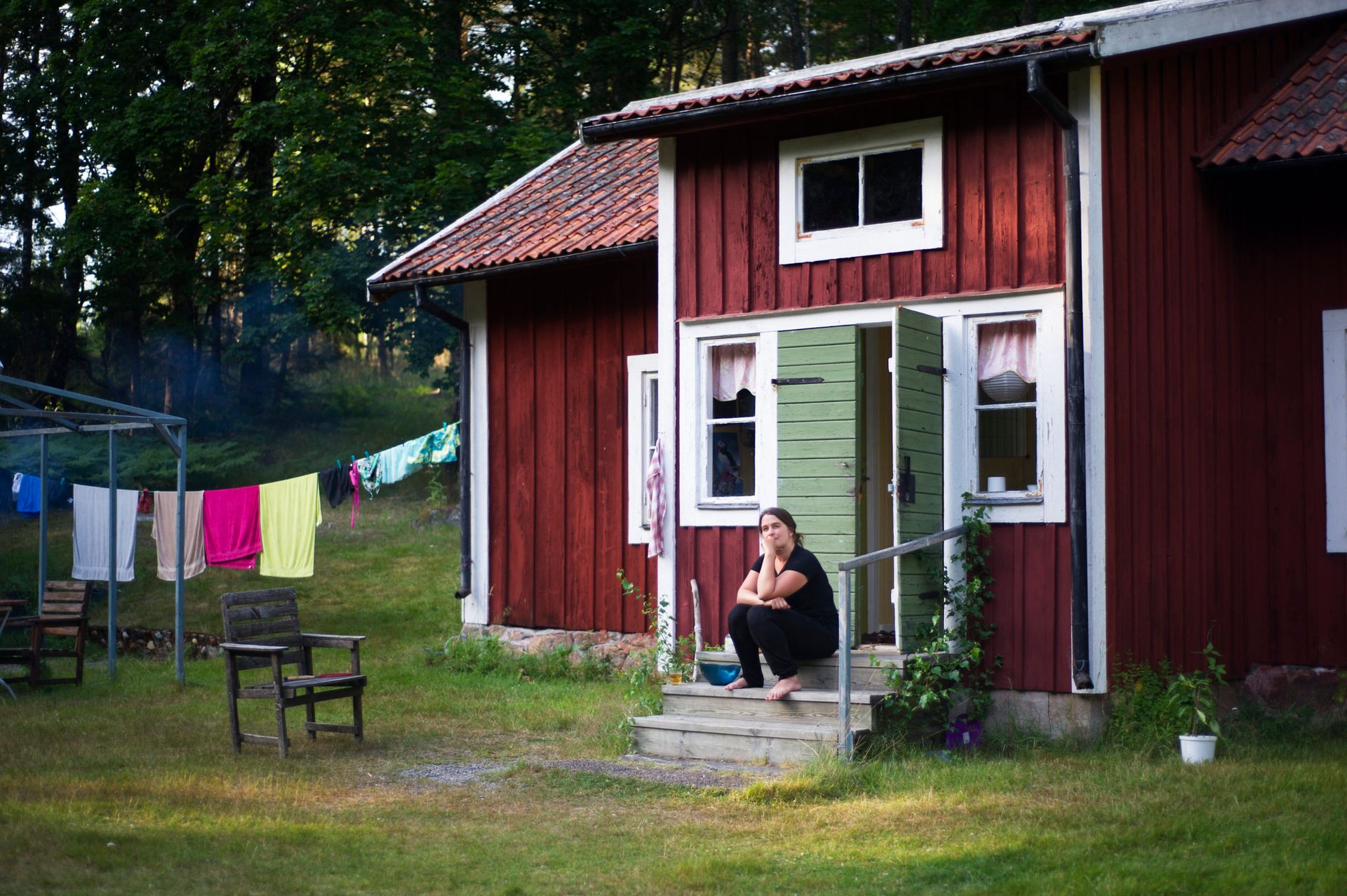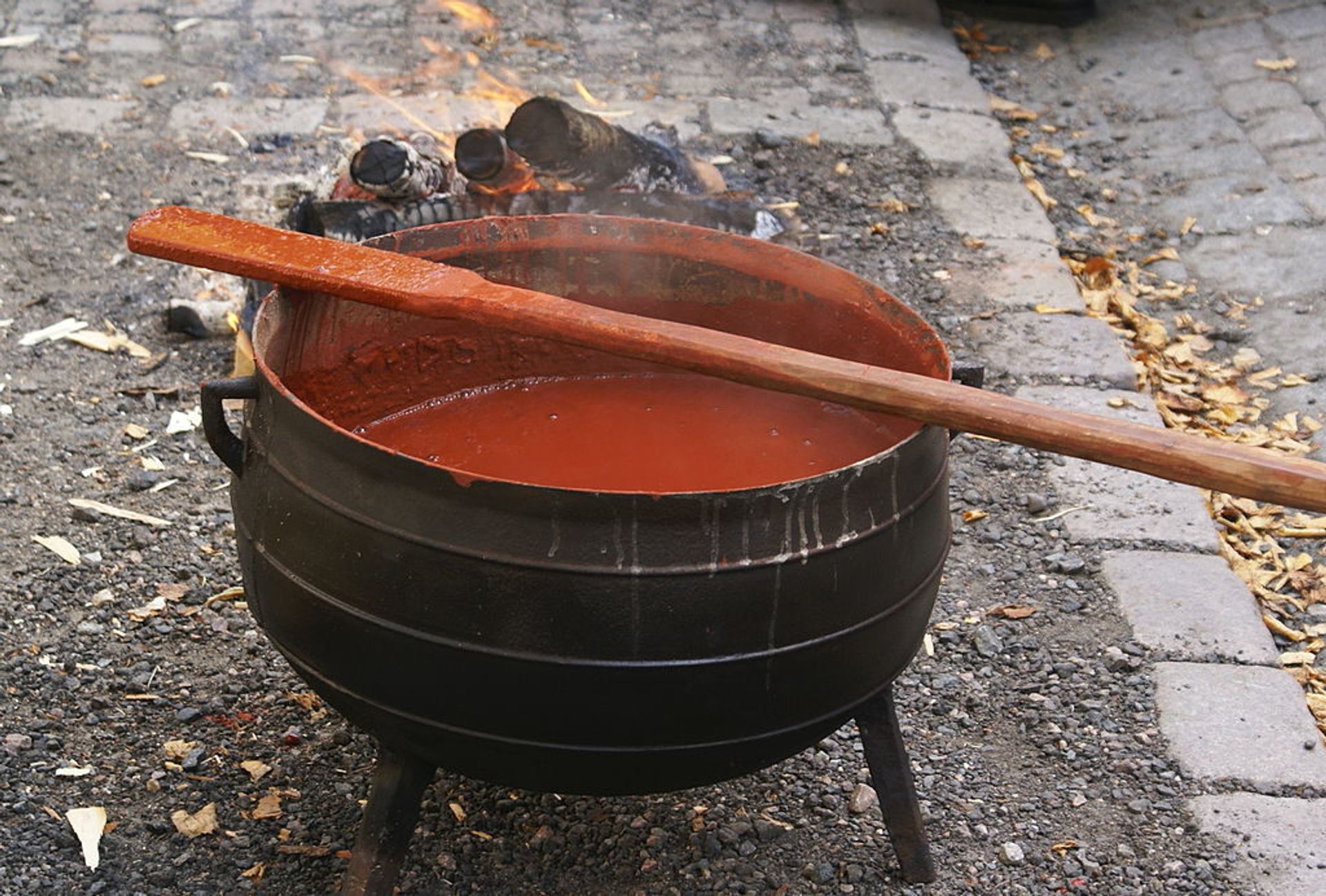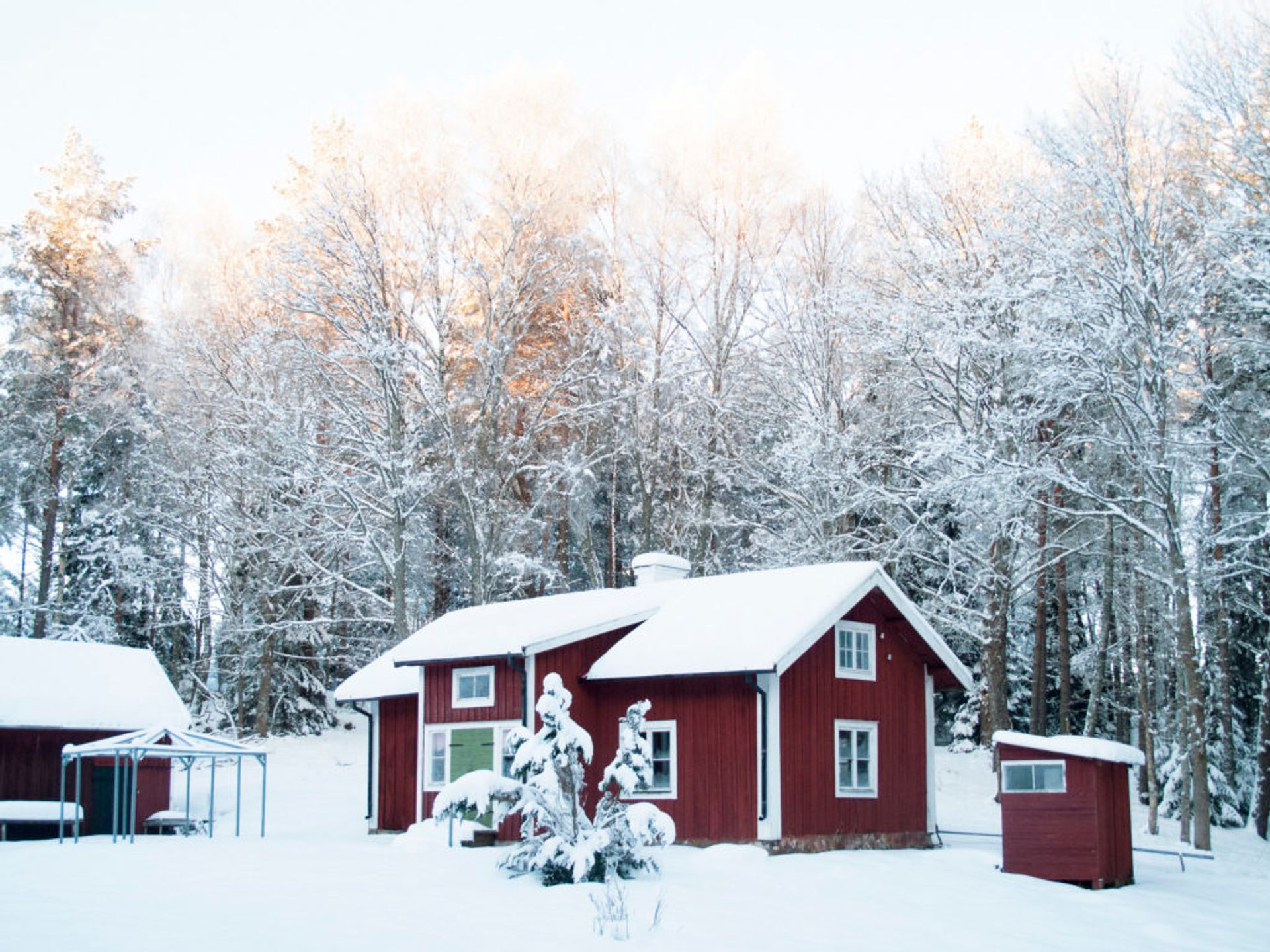
Written by Andrés
15 Jan 2018
A few days ago I read a Tweet saying: “Falu red is the color. Love knowledge and Google it.” – @swedense.
So, I did. After browsing a few of the results I went to Wikipedia (always good for quick facts, maybe not so good for academic papers). This is what I found out:
Basically, falu red or Falun red is a dye that is commonly used in wooden cottages, barns, and house. The paint’s origin is from various copper mines in Sweden. Being the mine at Falun, in the province of Dalarna the most known one. The paint consists of water, rye flour, linseed oil and tailings from the copper mines.
But, why am I talking about a red paint? Well, there’s no particular reason at all. If you are in Sweden (or planning on coming in the near future), you will notice that A LOT of hoses, barns, cottages, and buildings are red. So, when I read the tweet I found it funny that there is actually a historical reason behind it and a specific name for the red. There’re even shades of the color.

Falu red is the new black…at least in the countryside.
You don’t need to travel much in Sweden to realize that most of the houses, barns, cottages and summer houses are painted falu red with all of the window and door frames in white. Picture an open gable cottage painted in falu red next to the lake. Besides the house, there is a sauna, painted in falu red as well. That’s basically the graphic description of the Swedish countryside. Like this example, there are a lot of buildings in the center of Stockholm or Göteborg painted falu red! But, when did the trend start?

A bit of history about falu red.
The dye started as a by-product of the mining industry, and it was used firstly to paint the roofs of the houses and other casual applications. The mining methods in the 17th-18th century were rather primitive and destructive. Miners would use sledgehammers, chisels and wrecking bars to quarry the rock and copper ore. But before they could use these tools, they had to create cracks or fissures in the rocks to make them brittle. This was done by heating up the rock wall for hours and finally splashing the rocks with cold water.
Once they extracted the ore to ground level, it had to be further burned to get rid of the sulfur and iron (oxidation), which created a cinder of red iron ocher or hematite, called rödmull (red soil). This rödmull was piled outside the mine as waste. Until someone found out a wood pole that had been sitting on the mound of rödmull showed no sign of rot or decay. I’m guessing this was a Eureka! moment for this person. This finding pushed forward the mass production of a paint based on rödmull mixed with water, rye flour, linseed oil.

At the time, the paint became so popular that it was used almost on any building or structure. Probably you’ve seen the famous Swedish figure. The Dalecarlian horse. If not, here is a post about the history of this figure.






